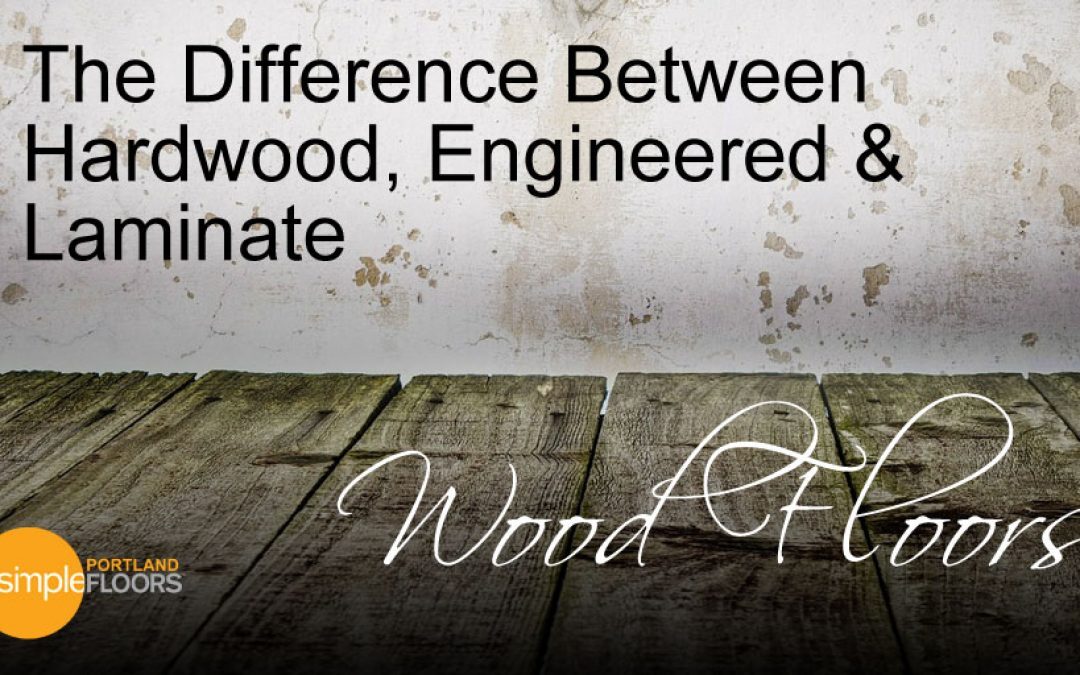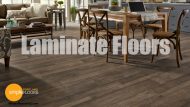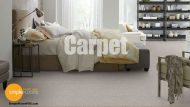Wood floors add a certain elegance and style to any home, whether it is new construction or a home renovation. The right wood flooring that fits within a specific design style, color and lifestyle makes all the difference when bring home design elements together. Understanding the difference between the different hardwood flooring types can make the difference when making your wood flooring selection.
There are both subtle and significant differences between the various wood flooring types such as Hardwood Floors, Engineered Floors and Laminate Floors. It is our goal in this post to help define the differences between these wood floors and how to select the right hardwood flooring for your project.
The Difference Between Hardwood Flooring, Engineered Floors and Laminate Floors:
Hardwood Floors – One of the most common types of wood flooring is what is referred to as Hardwood flooring, or often Solid Hardwood Floors. Solid hardwood flooring is largely what the phrase indicates, in that the wood flooring is composed of solid wood.
Traditionally, hardwood or solid hardwood flooring is manufactured with more dense and durable wood species, such as oak, birch and acacia, however this is not always the case. For example, pine flooring is also included within the solid hardwood floors category, as it too is considered solid wood flooring as well. Most solid hardwood flooring is sold prefinished and ready to be installed.
Advantages of Solid Hardwood Flooring: By far the biggest advantage for choosing solid hardwood flooring over other types of wood floors is that of durability. Since this type of wood flooring is solid, it can withstand more abuse, longer than other wood floors. Additionally, because hardwood floors are solid, they can be sanded and refinished when and if they become scratched, worn or you decide you would prefer a different finish or color stain.
Disadvantages of Solid Hardwood Flooring: The largest disadvantage to hardwood floors is price. Given the fact that hardwood flooring is made from solid wood, it tends to be more expensive per square foot than other types of wood flooring.
Engineered Wood Floors – Another category of wood flooring is engineered wood floors. Engineered wood floors are designed to have the same look, feel and finish as traditional solid hardwood flooring, however they are not made from solid wood. Engineered hardwood floors are manufactured using a substrate of plywood, particle board or other cores, then covered with a layer of solid hardwood flooring. In addition, Engineered hardwood flooring is also completely prefinished and ready to be installed.
Advantages of Engineered Wood Flooring: Engineered hardwood flooring is an excellent alternative to typical solid hardwood flooring in that they look and feel identical, but come at a substantial savings. If costs are a consideration in your wood flooring project, looking at engineered hardwood flooring can provide you with a durable, identical looking wood floor, at a lower overall cost. Most engineered wood floors can come in the same styles, colors and finishes as traditional hardwood flooring, so you will not have to sacrifice your design choices by selecting engineered hardwood floors.
Disadvantages of Engineered Wood Flooring: Though engineered hardwood floors appear identical to solid hardwood flooring, they are not solid. Using a layer of solid hardwood over a substrate, engineered wood floors may or may not be sanded and refinished, depending on the thickness of the hardwood layer.
Laminate Wood Floors – Laminate wood flooring is a completely separate category of wood flooring from both solid hardwood floors and engineered hardwood floors in that they typically contain little to no actual wood. Developed to be a cost-effective alternative to both wood floors and typical rolled vinyl flooring, laminate wood flooring gives you the look of hardwood flooring at a significant cost savings.
Laminate wood flooring is typically made using multiple layers of synthetic materials that are laminated together. Laminate wood floors are finished with a photographic wood simulation then covered with a durable protective coating.
Advantages of Laminate Wood Flooring: There are two distinct advantages to laminate wood flooring that offer excellent applications in certain situations. First, laminate wood flooring is significantly less expensive than both hardwood and engineered wood flooring. Additionally, the synthetic composite used to create laminate wood flooring holds up well under high traffic and wet environments such as commercial businesses, bathrooms and basements.
Disadvantages of Laminate Wood Flooring: Although the look of good laminate wood flooring can appear identical to actual hardwood flooring, it is not wood. With laminate floors, there will be subtle but noticeable differences in texture as well as a different feel when walking on them. Though they are not manufactured with wood, they can provide an extremely cost-effective alternative to natural hardwood.
Bamboo wood floors are an additional category that fall under the hardwood flooring headline. Similar to solid hardwood flooring, bamboo floors are extremely durable and offer a eco-friendly, sustainable option. On the high-end of wood floor prices, bamboo flooring is becoming extremely popular for its unique design and finish selections.
There are many types, styles and finishes of hardwood flooring on the market. Having an idea of the similarities, advantages and differences between hardwood flooring, engineered flooring and laminate flooring enables you to confidently weigh your options. Though solid hardwood floors are the most well-known, engineered and laminate flooring options are becoming far more prevalent in both home and commercial applications.
Before deciding on which type of wood flooring to purchase, it is helpful to be educated on what you are looking at beyond just specifications and price. Working with professionals that will take the time to answer your questions and understand your design goals is important. Let us know if you have any wood flooring questions we can answer for you.









I upgraded to the Pacific Coast Tillamock floors from a local supplier, in my new construction home….can someone contact me? I have questions about this floor
Feel free to complete the web form and someone will get back to you.
My wife wants new floors. The old flooring is WILSONART FLOORING “Sunwashed Timber” 2035PH-74-6270 06/18/03 made in USA 6449232.
What is the specific kind of floor that this is, and how long should it last. Also, any comments on quality for light duty home use? The current floor does not appear to have any problems.
NB: We will be replacing all carpeted areas in the house with some sort of alternative hard floor (preferably a wood surface but not solid wood). The carpets are light beige and the current floors are very light in color. Is it possible to transition with a darker wood next to the light wood surface?
All are possible. Beat thing to do is complete the web form and one of the team will be glad to discuss options with you.